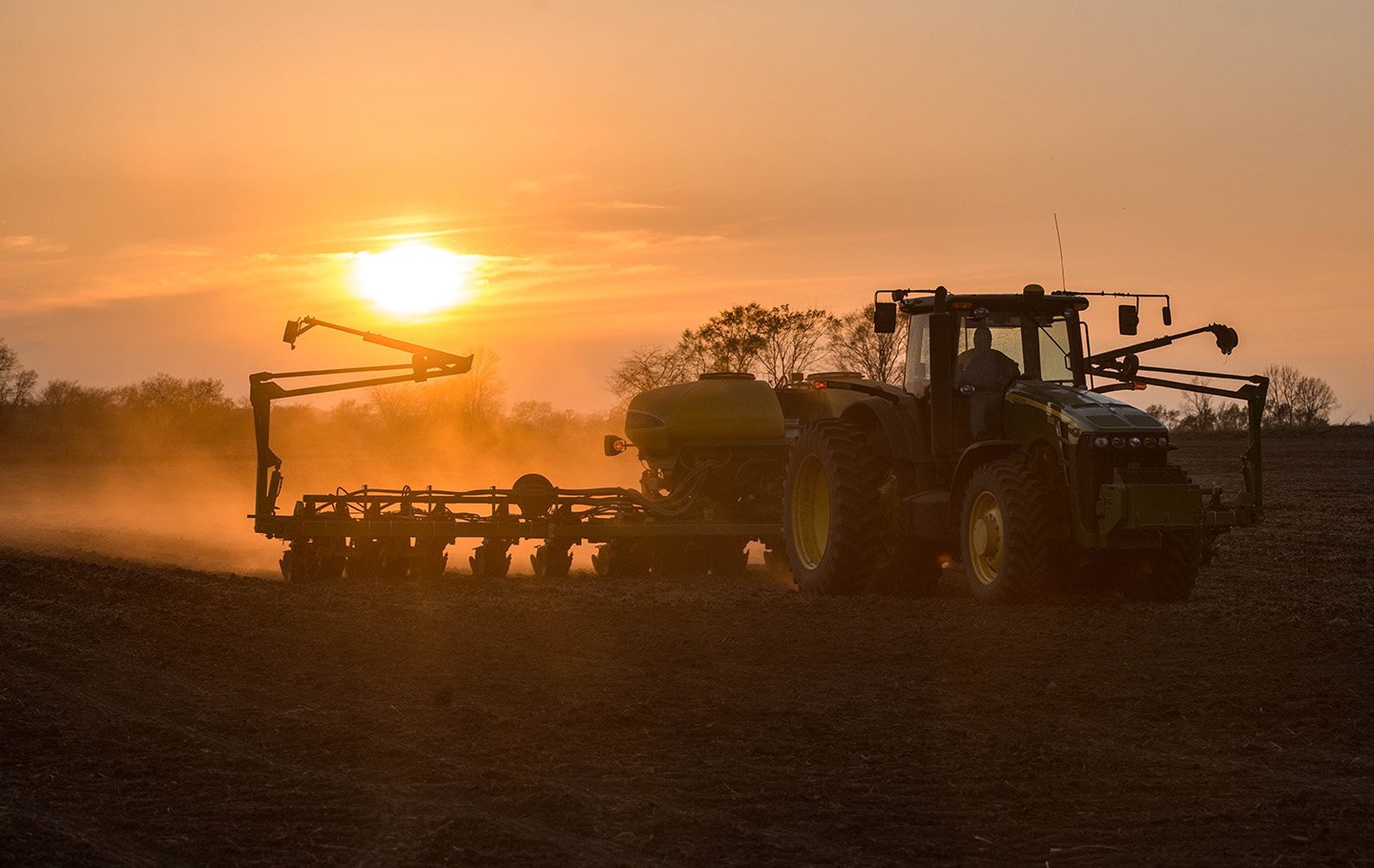
A soybean planting decision support tool can be found on the Iowa State University FACTS website. This tool was launched with funding provided by the Iowa Soybean Association in 2015. (Photo: Jocyln Bushman/Iowa Soybean Association).
Know your FACTS
December 21, 2022 | Kriss Nelson
If you are looking for resources to help manage weather, soil conditions, corn dry-down and soybean planting on your farm, look no further than the Forecast and Assessment of Cropping sysTemS (FACTS) web tools from Iowa State University Extension and Outreach.
Sotirios Archontoulis, associate professor of integrated cropping systems at the Department of Agronomy at Iowa State University, says FACTS was launched in 2015 with funding from a grant from the Iowa Soybean Association (ISA) to help support farmers’ decision-making – specifically, a soybean planting decision support tool.
The objective of the soybean planting decision support tool is to assist producers in better understanding planting date by maturity by location interactions on soybean yield and crop staging.
Since then, FACTS has developed into a wide range of tools available to farmers.
Evolution
FACTS has evolved in the past seven years in terms of scale, following demand and feedback from users and stakeholders.
“Initially, we started making tools at field scale where we would pick five to 20 locations, but with time, people were asking about other regions,” he says. “In 2019, we made the transition from field level to regional scale decision-making with tools to help both corn and soybean farmers.”
Archontoulis says in 2022 the FACTS website provided the following information to support farmer’s decision-making:
- Interactive soybean planting date times maturity decision tool
- 7-day weather forecast tool for the U.S. Corn Belt which is updated daily
- Weather tool that provides weather summaries by month and crop reporting district used to benchmark weather conditions and explain soy and corn yield variability across space and time
- Weekly updated soil moisture and mineralization maps
“These provide a big picture of today’s soil moisture, drought versus optimum versus excess moisture and benchmarks 2022 values with the past year,” says Archontoulis.
“This tool is updated daily and is used the majority in the fall to estimate when corn will be ready for harvest,” says Archontoulis.
An added benefit is the tools are always available.
“We developed the decision support tools to give farmers access to information at any time and from anywhere,” he says. “They don’t have to come to Iowa State University to watch a presentation or seminar; they can use the tool whenever they want. It is free information.”
Looking ahead
Archontoulis says there are many concepts the FACTS team would like to explore, including cropping systems and future climate scenarios.
“We would like to create some predictors for farmers to start thinking about the future,” he says.
Another tool will revolve around nitrogen management.
“We want to play with different scenarios to provide more insight into the factors and effects of nitrogen rates,” he says.
There are also plans to expand the soybean planting date and maturity decision tool to go outside the state’s borders to include the entire Corn Belt.
Unique
With the help of several project investigators and collaborators, Iowa State University can present information that cannot be found anywhere else.
“I wanted a soybean decision tool, and there was nothing else in the Corn Belt like it at that time, so we developed one,” says Archontoulis. “We wanted a tool to summarize weather data; nothing was out there, so we developed one. We try to innovate, and we try to help farmers. Our No. 1 adjective is to provide decision-making tools to farmers and everyone involved in corn and soybean production.”
Back